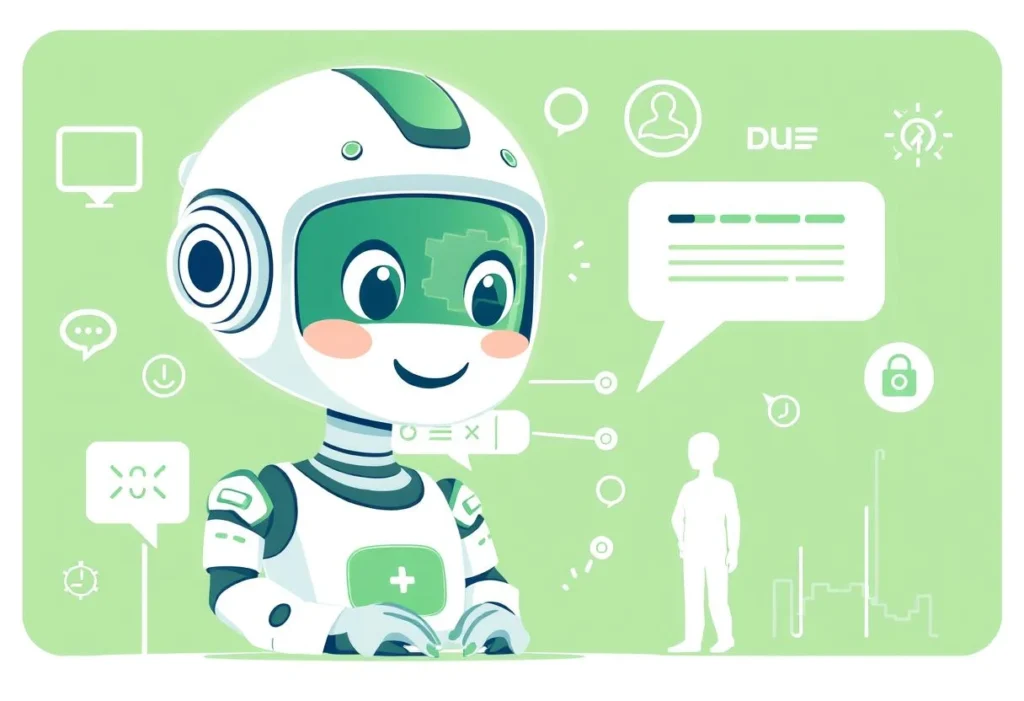Every child deserves an education that meets their unique needs and helps them reach their fullest potential. In Canada, public schools are deeply committed to providing high-quality special education and inclusive learning environments. Thanks to robust policies, tailored programs, and community collaboration, students with special educational needs receive support that goes far beyond classroom walls.
From coast to coast, Canada’s approach ensures that all children—regardless of ability—can thrive. Whether you’re a parent, educator, or simply curious, understanding how Canada supports special education is key to appreciating the country’s dedication to educational equity.
The Foundation: Rights and Laws Supporting Special Education
Canada’s commitment to special education rests on a strong legal foundation. The Canadian Charter of Rights and Freedoms guarantees equal rights for all, explicitly protecting people with physical or mental disabilities from discrimination. This principle is reflected in each province and territory’s human rights codes, which guide school policies nationally.
Furthermore, public education is largely governed by provincial and territorial regulations. Each jurisdiction must ensure students with special needs get the services and accommodations necessary for them to participate equally in all educational opportunities.
The key legal highlights include:
- Duty to Accommodate: Schools must provide reasonable accommodations for students with disabilities, as long as such actions do not create undue hardship for the institution.
- Right to Free Special Education: Public school boards must deliver special education services to students who are formally identified as having exceptionalities, without charging families any fees.
- Individualized Planning: Every identified student receives an Individual Education Plan (IEP) that lays out customized goals, supports, and teaching strategies.
Inclusive Education: Canada’s Guiding Philosophy
The idea of inclusion is at the heart of special education in Canada. The majority of students with special needs are placed in regular classrooms alongside peers whenever possible. This fosters a sense of belonging, community, and academic growth.
What Does Inclusive Education Look Like?
- Adapted Curriculum & Accommodations: Teachers modify learning materials and methods so all students can access the curriculum at their own pace and level.
- Universal Design and Differentiated Instruction: Lessons are designed to meet diverse learning styles and abilities, ensuring classroom success for every student.
- Flexible Support Options: From small group instruction to individualized technology, supports are built around each student’s evolving needs.
Educators, specialists, and families work as a team to make inclusion a reality, always aiming for authentic participation and achievement for every learner.
Key Policies and Procedures Across Provinces
While each region has its own policies, there are core practices uniting Canada’s approach:
Early Identification and Ongoing Assessment
Provinces like Ontario require all school boards to have systems for early and ongoing identification of students’ learning needs. This proactive approach helps address challenges before they become barriers to success.
The Role of the IEP (Individual Education Plan)
Every student identified as “exceptional” must have an IEP. This living document is created with input from teachers, specialists, families, and, where appropriate, the students themselves. The IEP outlines:
- Educational goals tailored to the student
- Specific accommodations and modifications
- Support services (e.g., speech-language, occupational therapy)
- Assessment strategies
IEPs are reviewed and updated regularly to reflect the student’s growth and changing needs.
Funding and Resource Allocation
Governments at federal and provincial levels provide substantial funding specifically targeted towards special education programming, professional support, and assistive technologies. For example, the federal High-Cost Special Education Program invests millions each year to ensure First Nations learners with significant needs receive high-quality support, with funding covering specialized staff, technologies, therapy, and transportation.
Types of Special Education Services in Public Schools
Canadian public schools offer a wide range of supports to meet the diverse needs of students with disabilities—including physical, intellectual, behavioral, and multiple exceptionalities.
Mainstream Classroom Support
The first option is always to provide support within the regular classroom. Possible resources include:
- Consultation and support from special education specialists
- Adjusted teaching techniques and assignments
- In-class assistance from educational assistants or aides
- Access to assistive technologies (e.g., speech-to-text software)
Specialized Programs and Classes
When students require more than in-class support, schools may provide:
- Resource rooms for targeted small group or individualized instruction
- Separate special education classes for part or all of the school day, particularly for students with more complex needs
- Intensive programs focused on communication, behavior, or functional life skills
Professional Support Services
Most school boards have a team of professionals who work closely with staff, students, and families, including:
- Psychologists and counselors
- Speech-language pathologists
- Occupational and physical therapists
- Social workers
These experts not only assess and support students directly but also help design and implement strategies for classroom staff.
Parental and Community Involvement
Canada recognizes parents and guardians as crucial partners in the special education process. School boards are required to consult with families at every stage—from identification to planning and review.
Many boards and schools also provide:
- Special Education Advisory Committees (SEACs), which give parents and community representatives a voice in shaping policies and programs
- Regular meetings and workshops to inform, update, and empower families
- Advocacy and information services to help parents understand their rights and navigate the system
The collaboration between school staff, families, and outside agencies ensures students’ needs are holistically addressed.
Culturally Responsive Support for Indigenous Students
Canada’s public education system acknowledges the unique needs of First Nations, Métis, and Inuit students. Federal programs such as the High-Cost Special Education Program ensure Indigenous learners have access to culturally relevant services and individualized supports, reflecting both provincial standards and community values.
Services may include:
- Elder mentoring and cultural programs
- Specialized materials and therapies
- Transportation and residential support for students in remote areas
Technology and Innovation in Special Education
Canadian schools have embraced technology as a powerful tool for supporting special education. Examples include:
- Assistive Technology: Devices and software like screen readers, communication apps, and audio books make learning accessible for students with a range of disabilities.
- Adaptive Learning Tools: Programs that adjust to a student’s individual pace and learning style.
- Professional Development: Ongoing training helps teachers stay current on new technologies and strategies, ensuring their classrooms are inclusive and effective.
These innovations not only break down barriers but also unlock new opportunities for student success.
Success Stories: Real-World Impact
Canada’s special education system is filled with inspiring stories of students who have overcome significant challenges with the right support. For instance, many students with autism are able to fully participate in regular classrooms thanks to personalized strategies, dedicated aides, and adaptive technologies.
Graduates of special education programs go on to build fulfilling lives—pursuing higher education, starting careers, and contributing to their communities. Their journeys are a testament to the power of inclusive education and the dedication of teachers, families, and policymakers.
Challenges and Ongoing Improvements
Despite its achievements, Canada’s system faces ongoing challenges:
- Waiting lists for assessments or services in some regions
- The need for more specialized staff, particularly in rural or under-resourced communities
- Adapting to the evolving needs of students and families
- Ensuring consistent standards and quality across all provinces and territories
Policymakers and advocates continue to push for improvements, strengthened funding, and smarter resource allocation to close these gaps.
Conclusion
Canada’s public education system demonstrates a deep and ongoing commitment to supporting special education. Through inclusive policies, early intervention, individualized planning, and strong collaboration, schools strive to empower every child—regardless of ability—to reach their highest potential.
The journey is ongoing. By staying informed and engaged, we can all play a role in building even stronger supports for children with special needs.
If you care about inclusive education, join the conversation! Advocate for accessible schools, support your local educators, or volunteer with special needs programs—and help Canada set an example for the world.






